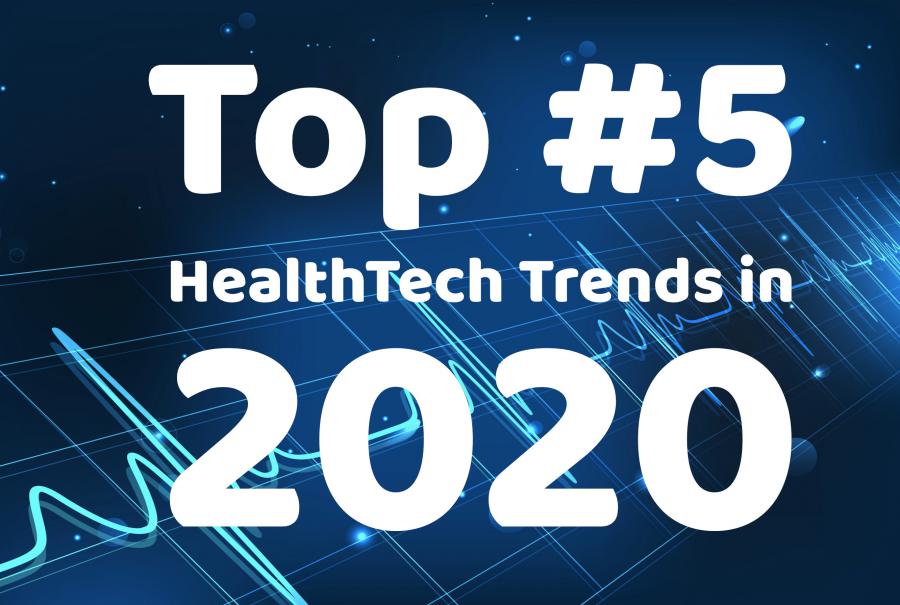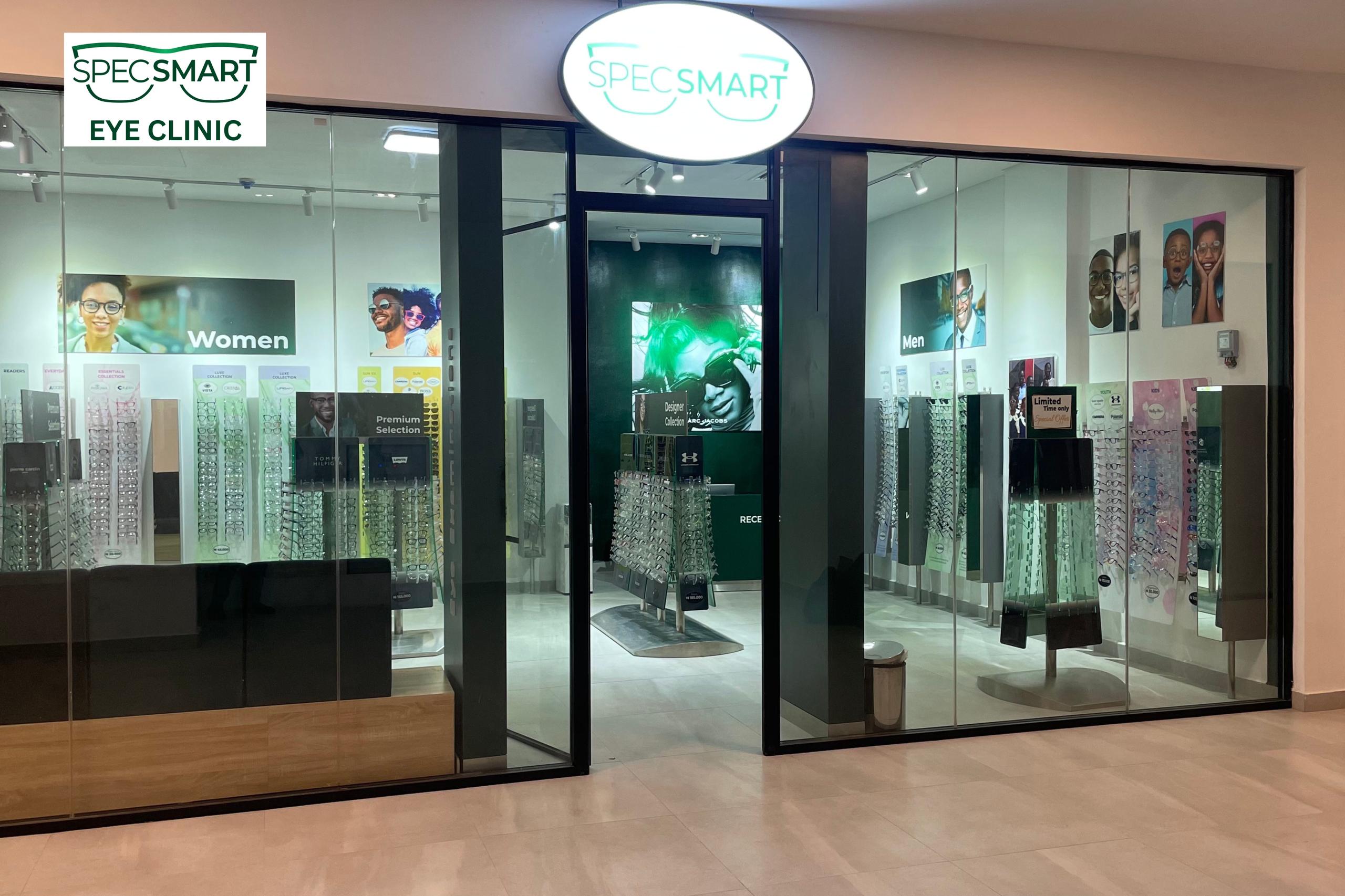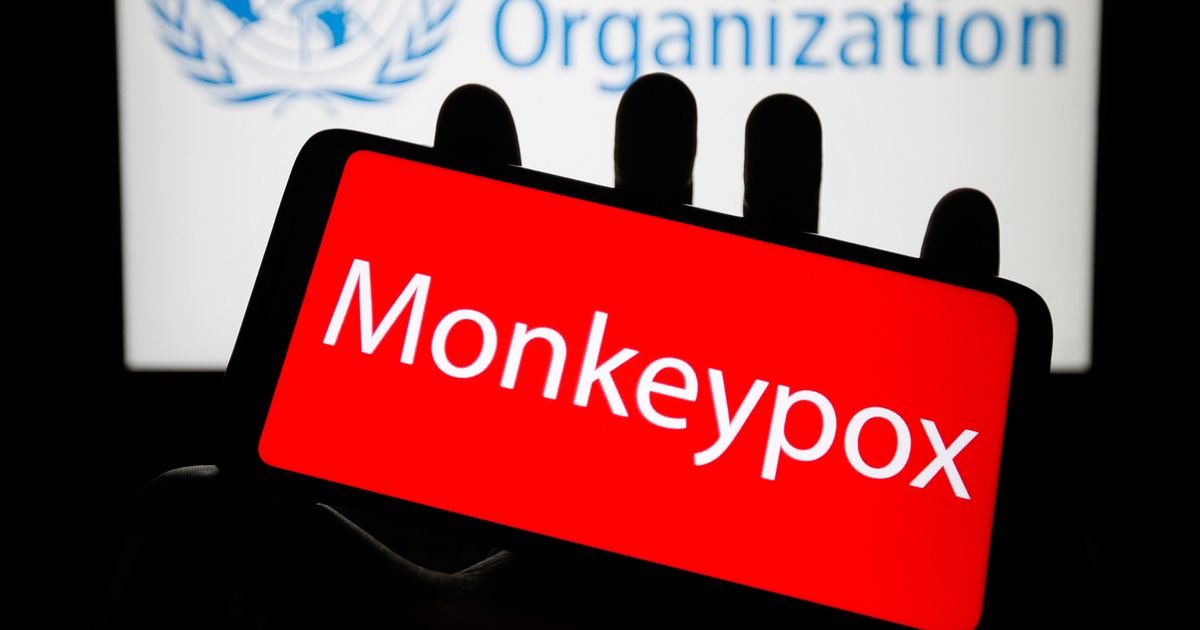Health
Top Five HealthTech Trends to Transform 2020

The definition of healthcare has long been restricted to providing for people after their sickness has been diagnosed. Of late, however, the focus has slowly been shifting towards prevention.
“It’s time to move from reactive sick-care to proactive healthcare by default.” Koen Kas, Healthcare Futurist.
This change in attitude has largely been fostered by technological advancements. Thanks to technology, healthcare experts now have access to previously unavailable data. This makes it possible to monitor patients remotely, fill patient charts faster and optimize diagnosis and treatment time-frames.
The HealthTech industry has grown very rapidly since 2015, and the number of venture-back HealthTech financings has grown by 25 percent.
Healthtech in 2020: What’s Awaiting You
Technology can do exciting things for healthcare especially through Artificial Intelligence (AI), Virtual Reality (VR) and Augmented Reality (AR).
In the coming year, here are the top five trends in HealthTech to look forward to!
1. The Evolution of Immersive Learning
Extended reality is no longer restricted to making video games and CGI for movies. Over the last twenty years, it has evolved vastly and helped develop learning and workplace training.
“Education has found a new dimension with AR/VR technology in the 21st century.”
In the healthcare industry, immersive tools help naïve as well as experienced healthcare practitioners improve their skills without any risk. Learning anatomy is simplified and doctors can perfect difficult procedures in a safe space.
“In 2020, the revenue for VR/AR for education is geared to increase to $300 million, rising to $700 million over the next five years,” suggest reports from Goldman Sachs.
2. Artificial Intelligence That Enables Effective Diagnosis, Process, and Security
Often, there is a big lag in disease diagnosis. Artificial intelligence has reduced this manifold through deep learning and image detection. This will allow doctors to spend time treating patients rather than handle automatable tasks.
”Over the last decade, AI has become more accurate in its diagnosis, being nearly as perfect as healthcare professionals.”
The healthcare industry deals with big data regularly. Processing this manually is difficult and time-consuming. When AI is used, large chunks of data are analyzed rapidly, speeding up processes.
AI can also help win over patients’ trust by improving data security. Many patients are reluctant to give information because they don’t know who can access it. AI can be used to increase data protection through firewalls, authentication, encryption and the prediction of unusual behavior.
3. Telehealth: Connecting Care Providers Anytime and Anywhere
One of the challenges of healthcare is geographical accessibility. Urban residents can access healthcare easily, but people in rural and remote locations cannot.
“The hurdle of healthcare accessibility is overcome with remote monitoring and telehealth, and catapulted further with the introduction of 5G.”
Telehealth and home monitoring make it possible for healthcare practitioners to provide their services without having to meet the patient in person. Although not a holistic response, it can allow doctors to make recommendations and even submit prescription requests.
Augmenting this with AR and VR can bring the doctor’s room to patients’ homes. Thus, they can experience the comfort associated with being in the same physical space as their doctor without leaving their home.
The technological barriers here have been slow network speeds and demanding imaging tools. These congest the network and create a lag in communication that can potentially hurt outcomes.
“5G will hasten image transfer, reduce lag in video appointments, increase the reliability of real-time monitoring and provide rapid access to AI tools.”
With this, as 5G rolls out worldwide, it will make healthcare practitioners more accessible. Patients can look forward to faster diagnosis and treatment, while doctors can optimize their time and prepare for the patient even before arrival.
4. The Significance of Virtual Reality in Healthcare
Virtual reality has applications beyond education in healthcare. The imaging capacities of VR have been used innovatively in medical science.
Some patients cannot be sedated or anesthetized because of their age or health condition. For such patients, more and more hospitals are employing VR headsets. The headsets are fitted with immersive reality, which distracts patients from the pain.
“VR reduces anxiety for patients undergoing complex procedures, and makes the experience less frightening.”
In the coming year, we will see VR expanding to help patients deal with different physical and psychological pain.
Burn patients are very likely to benefit from VR, as their pain cannot be mitigated easily medically. Using immersive reality games such as SnowWorld can help distract them, leading to a 50% reduction in their perception of pain.
Patients of PTSD and phobias often find it difficult to cope with situations in daily life. VR helps with exposure therapy to these triggering stimuli, which hastens the recovery process. Slow exposure has also been found to minimize phobia.
5. Genomic Advancements That Help Comprehend Genetic Intricacies Swiftly & Accurately
Studying genes and their components can be very tricky, as they are difficult to visualize. Not being able to interact with complex data visually slows pattern recognition in the brain.
Genomics is particularly important because it helps detect genetic disorders early. Diseases like thalassemia are linked to genetics, and early detection helps improve the quality of life for patients.
Dr. Maryam Matar from the UAE Genetics Association asserts the role of technology here, saying, “Genetic testing and newer technologies provide an opportunity to understand our genes better and allow us to take action to help subside those genes by following a healthy lifestyle, sleep and exercise pattern.”
VR and AR are helping researchers view these complex structures in a 3D format. With even simple tools such as headsets, they can interact with their data in a new form.
“With VR, you can walk through the genes, examining them part-by-part and detecting interactions.”
AR takes this a step further by projecting these images, allowing multiple people to access this information at once.
The Global Importance of Healthtech
On a global level, these emerging trends have prompted large organizations to focus on technology. Several healthtech events are being organized worldwide, to bring together experts and encourage innovation. The largest health conference in the Middle East and North African (MENA) region, Arab Health, is making the tech revolution the focus for its 2020 event.
With its immersive solutions partner, Munfarid, the conference will bring Futuristic Healthcare experiences in Training, Diagnostic, Therapeutic, and Wellness programs to its attendees. Through initiatives such as #VRforGood and #VRforImpact, these organizations aspire to help the elderly with chronic illnesses and are spreading happiness through improved quality of life for people all around the world.
In a Nutshell
Technology has been the driving force behind innovation in healthcare and will continue to be so over the coming years. It has made procedures safer, more reliable and optimal.
Through recent advances in AR and VR, patients and practitioners can look forward to a brighter, healthier, and happier 2020!
Health
Sault Tribe Enacts Smoking Ban in Kewaunee

Health and comfort have become increasingly essential issues lately, and this has not gone unnoticed in entertainment venues. The Sault Tribe, which operates the Kewadin Casino, has decided to ban smoking in five gambling establishments. This innovation is aimed at creating a healthier environment for all visitors and employees.
Health and comfort come first
Tribal representatives emphasized that people’s health is their top priority. The decision to ban smoking was a logical step toward positive change. “As a tribal government, we are focused on improving health, and the move to ban smoking in casinos is the right step forward,” notes one tribal speaker. This means caring about the health of visitors and the well-being of the employees who work in these facilities daily.
The Sault Tribe has been actively gathering opinions from its customers and employees, and the results have been unequivocal: many are in favor of banning smoking. “We have heard from many customers and employees that a smoking ban is the right step forward,” states a tribal spokesperson. Such feedback confirms that concern for health and well-being is becoming increasingly important to the gambling industry.
What will change at Kewadin casinos?
In the weeks following the passage of the amendments, Kewadin casinos located in Sault Ste. Marie, St. Ignace, Manistique, Christmas, and Hessel will begin implementing the new policy. The smoking ban will be in effect in all establishments, including gaming rooms, restaurants, and recreational facilities. This approach will not only make the casino experience more enjoyable for non-smoking visitors, but it will also create a safer environment for employees who spend much time in the gaming rooms.
Positive implications for business and society
The adopted initiative will not only bring health benefits but will also affect the success of businesses in the long run:
- The actions taken also emphasize the Sault Tribe’s social responsibility. They are not just in business but also show concern for the well-being of their customers and employees, making them an example for other gambling establishments.
- Banning smoking in Kewadin casinos will create a more pleasant environment for both non-smokers and those looking to quit smoking. Smoking in public places often makes other visitors uncomfortable, and this move will help eliminate the unpleasant odour and smoke, thus creating a more pleasant atmosphere throughout the gaming rooms, restaurants, and other recreational areas.
- The changes may attract a new audience interested in entertainment but previously avoided visiting casinos because of the smoking environment. This can lead not only to an increase in the number of guests but also, as a result, to increased profits for the establishment.
At the same time, avid smokers, which are still quite a lot, will be less likely to visit land-based casinos, where they are forbidden to relax in the usual way. Especially since today, they do not have to visit these establishments to satisfy their gambling needs.
Analyzing the search engine allows you to quickly find many popular operators, including 1win, with the largest number of gambling entertainment. And you can access these games without having to leave home. To register on 1win, it is enough to fill in a few fields in the appropriate window and develop a password. It takes less than a minute to do this and deposit money into your account. Moreover, most of the games can be played in a free demo.
Chippewa Tribe aims to create a “smoke-free” space that combines a healthy environment with the opportunity to relax and enjoy gambling. The new approach to business reflects and supports global trends aimed at caring for public health and reducing the negative impact of tobacco smoke on the health of others.
Recall that earlier, scientists told us about the new harm of smoking. According to new data, the negative impact of this bad habit on the immune system persists for several years after a person quits smoking.
Health
SpecSMART Eye Clinic Takes Affordable, Quality Care to Ikeja, Environs

By Modupe Gbadeyanka
The dream of residents of Ikeja and its environs enjoying affordable and quality care has now become a reality as a result of the opening of a new branch of SpecSMART Eye Clinic in the Opebi area of the capital of Lagos State.
SpecSMART Eye Clinic, a leading provider of optometry services in Lagos, commenced operations in Nigeria’s commercial capital in 2022.
Since then, it has been offering top-notch eye care to residents of the metropolis, especially those living on the Island. It has built a strong reputation for delivering high-quality primary eye care and optical products.
However, to extend its services to Lagosians living on the Mainland, it has now opened a new branch in Ikeja, reinforcing its commitment to providing accessible, affordable eye care to a wider community.
Business Post gathered that the clinic’s state-of-the-art services are supported by a team of skilled optometrists and opticians, utilizing cutting-edge digital equipment.
The new Ikeja location will offer a wide range of services, including Automated Eye Examinations using advanced digital equipment for precise diagnosis and personalized care.
In addition, clients will enjoy on-the-spot lens glazing for single vision, bifocals, and varifocals, with additional lens coatings, with services to be rendered seven days a week from 9 am to 9 pm on Mondays to Saturdays, and on Sundays and public holidays from 10 am 7 pm.
Also, the clinic has over 950 frames, ranging from affordable home brands to premium designer options, priced from N18,000, and has flexible appointment scheduling with 24-hour online booking via SpecSMART’s website.
The facility has partnerships with leading HMO providers in the country and offers glaucoma management and other essential eye health services.
According to the company, its introductory packages start from N30,000 and include consultation, frame, and single-vision lenses.
“With the opening of our Ikeja branch, we are ready to serve more individuals who need accessible, cost-effective, and reliable eye care.
“Our aim is to create a positive impact in Nigeria’s optometry sector by combining advanced technology with a patient-centred approach,” the Practice Head and Medical Director of SpecSMART, Dr Adaeze Nwoko, stated.

Health
FG Begins Vaccination Against Mpox in FCT, Six States

By Adedapo Adesanya
The Federal Ministry of Health and Social Welfare through the National Primary Health Care Development Agency (NPHCDA) has commenced the vaccination against Monkeypox, now known as Mpox.
Business Post reports that Bayelsa, Rivers, Cross River, Akwa Ibom, Enugu, Benue, and the Federal Capital Territory, were selected as pilot states for the vaccination.
An average of 631 persons are expected to be vaccinated across the seven states with two doses of the Mpox vaccine. A buffer for 50 persons will be kept at the national in case of an upsurge in other states.
NPHCDA in a statement posted on its verified X account confirmed the exercise, stressing that the vaccination will help to protect communities and safeguarding health of the people.
In a related development, according to the latest update by the Nigeria Centre for Disease Control (NCDC), there are 1,442 suspected cases of Mpox from 36 states and the Federal Capital Territory, while the number of confirmed cases of the infection was 118 from 28 states and the FCT.
“To prevent the spread of Mpox, we strongly advise the public to avoid contact with animals that may carry the virus, including sick or dead animals in affected areas, avoid handling materials that have been in contact with infected animals, limit unnecessary physical contact with individuals who are infected, practice frequent handwashing with soap and water, and ensure that animal food products are thoroughly cooked before eating.
“It’s also important to use protective clothing and gloves when handling sick animals or their tissues. Similarly, health workers are advised to follow standard safety protocols including droplet precautions when treating patients, use protective equipment including masks, gloves, and gowns, during patient care, and be vigilant for symptoms of Mpox, especially fever and rash, among other measures.”
-

 Feature/OPED5 years ago
Feature/OPED5 years agoDavos was Different this year
-
Travel/Tourism8 years ago
Lagos Seals Western Lodge Hotel In Ikorodu
-

 Showbiz2 years ago
Showbiz2 years agoEstranged Lover Releases Videos of Empress Njamah Bathing
-

 Banking6 years ago
Banking6 years agoSort Codes of GTBank Branches in Nigeria
-

 Economy2 years ago
Economy2 years agoSubsidy Removal: CNG at N130 Per Litre Cheaper Than Petrol—IPMAN
-

 Banking2 years ago
Banking2 years agoFirst Bank Announces Planned Downtime
-

 Sports2 years ago
Sports2 years agoHighest Paid Nigerian Footballer – How Much Do Nigerian Footballers Earn
-

 Technology4 years ago
Technology4 years agoHow To Link Your MTN, Airtel, Glo, 9mobile Lines to NIN












